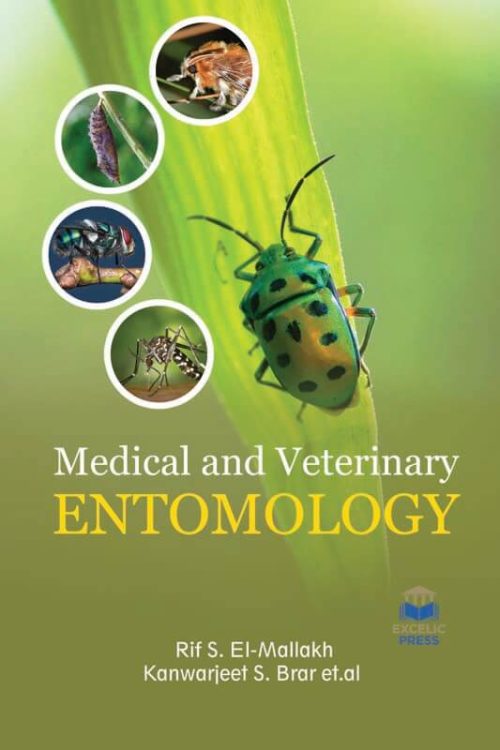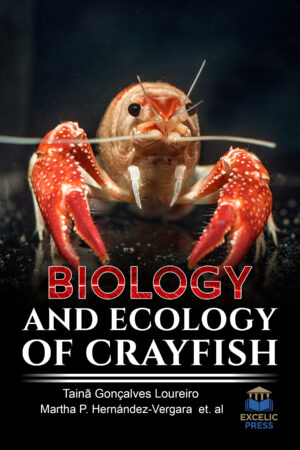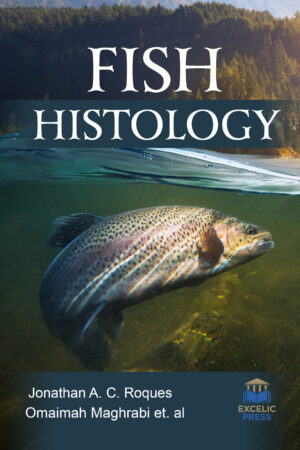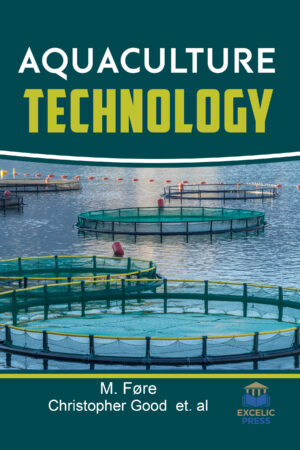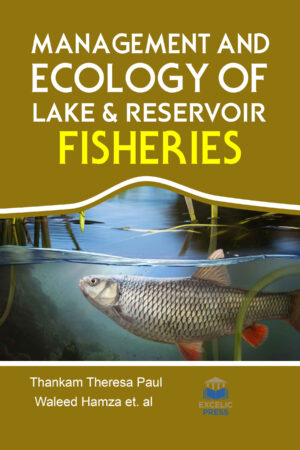Description
Insects are concerned because of their diversity, ecological role, and effect on agriculture, human health, and natural resources. Veterinary entomology is concerned with arthropod pests and vectors of disease agents to pets, poultry, livestock, as well as wildlife. It is allied with the areas of veterinary medicine, parasitology, animal sciences, medical entomology, and epidemiology.
This book covers up-to-date information on advances in entomology associated with public health and veterinary prominence.
The book aims to present fundamental scientific knowledge in the areas of community ecology, host-parasite interactions, and the processes essential to the diversification of life, while also confirming the public a level of protection from biting flies and fly-borne diseases. Odonata (dragonflies and damselflies) are well-known but often poorly understood insects. Their phylogeny and classification have proved difficult to understand but, through the use of modern morphological and molecular techniques, are becoming better understood and are discussed here.
Cardiac glycosides, cardenolides, and bufadienolides are elaborated by several plant or animal species to prevent grazing or predation. Entomologists have characterized several insect species that have evolved the ability to sequester these glycosides in their tissues to reduce their palatability and, thus, reduce predation. Over the last couple of decades, and since entomologic studies, it has become clear that mammals synthesize endogenous cardenolides that closely resemble or are identical to compounds of plant origin and those sequestered by insects. The most important of these are ouabain-like compounds. The book highlights the morphological characteristics of Terminalia of the wasp-mimicking fly, stomaching discolor (Fabricius). Further, it presents a review of the biology and ecology of cat fleas and advancements in their pest management and pathogenic and beneficial effects of leeches.
In this book, we also discuss various components of the paratransgenic approach. Specifically, we describe classes of molecules that can serve as effectors, including antimicrobial peptides, endoglucanases, and highly specific single-chain antibodies that target surface glycoprotein tags on the surface of T. cruzi. Furthermore, we address evolving concepts related to field dispersal of engineered bacteria as part of the paratransgenic control strategy and attendant risk assessment evaluation. Succeedingly, it focuses on the prevalence of Bartonella Bacteria in cattle lice; and the factors influencing seasonal dynamics and spatial distribution of stable fly Stomoxys calcitrans (Diptera, Muscidae) within stables; and resistance to permethrin, ?-cyfluthrin, and diazinon in Florida horn fly populations.
In this book, we also cover various components of the paratransgenic approach. Specifically, we describe classes of molecules that can serve as effectors, including antimicrobial peptides, endoglucanases, and highly specific single-chain antibodies that target surface glycoprotein tags on the surface of T. cruzi. Furthermore, we address evolving concepts related to field dispersal of engineered bacteria as part of the paratransgenic control strategy and attendant risk assessment evaluation. Intensification of tick and TBP surveillance, disease detection, and control of ticks are critical in informing public health decisions on mitigation, control, and early warning and response strategies in cases of disease outbreaks. The book also reports the presence and possible circulation of putative tick vectors of TBPs that are etiological agents of ehrlichiosis, anaplasmosis, rickettsiosis, babesiosis, and theileriosis of importance to livestock health and zoonotic diseases in SSA. This book will be of assisting tool to students and practitioners working in the agricultural field and essential knowledge source for professionals dealing with the associated fields.

